ICOM UK Conference 2024, Belfast
Written by the International Training Programme team.
From 8 to 14 April 2024 the ITP team travelled to Belfast in Northern Ireland to take part in the ICOM UK Conference 2024. We were delighted to be joined by Namrata Sarmah, Freelance Museum Consultant and Researcher (India, ITP 2018); Nourah Sammar, MA Student, Academy of Korean Studies (Palestine, ITP 2009); Chantal Umuhoza, Curator, Rwanda Cultural Heritage Academy (Rwanda, ITP 2018) and Ma. Yohana Frias, Exhibition Designer, National Museum of the Philippines (Philippines, ITP 2018).
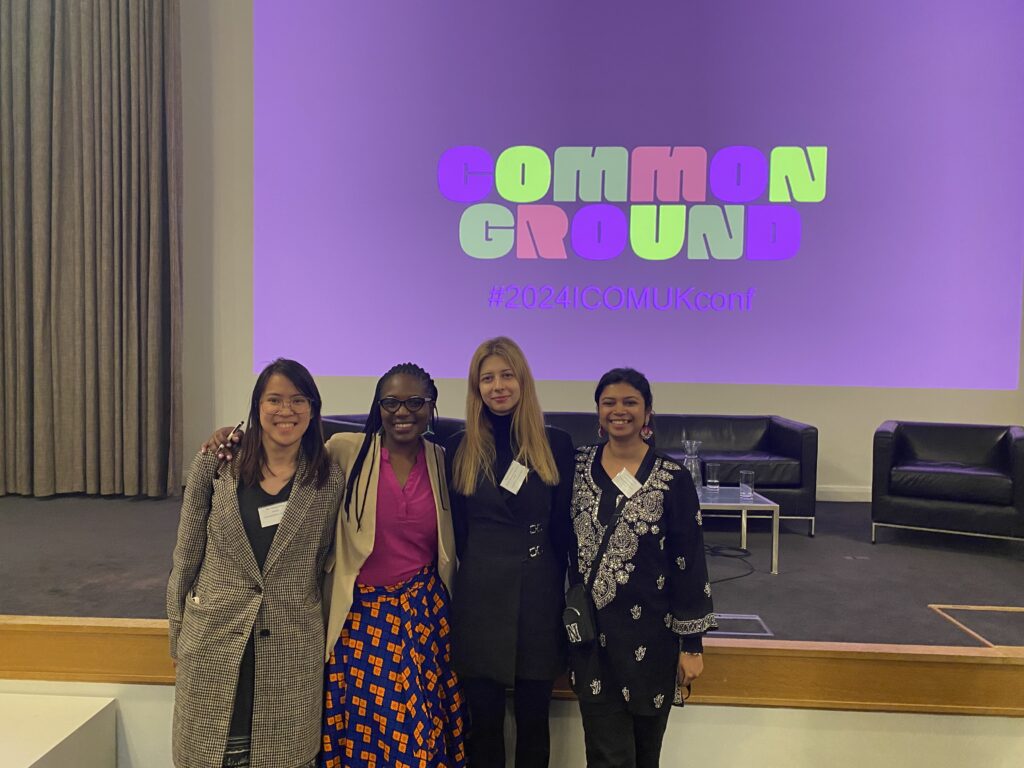
As well as taking part in the conference, the ITP team put together a programme of visits and tours, focusing on the theme of divided communities but also giving the opportunity for our fellows to see more of what Belfast has to offer in the field of art, culture and heritage. During the week we…
Set the scene where we discovered and experienced first-hand the raw side of historic Belfast City, and its challenging recent history.
Transported ourselves back in time to see how the cultural sector in Northern Ireland preserves its later history and how it is presented to visitors.
And explored the wider cultural sector in the form of Experiences and Attractions.
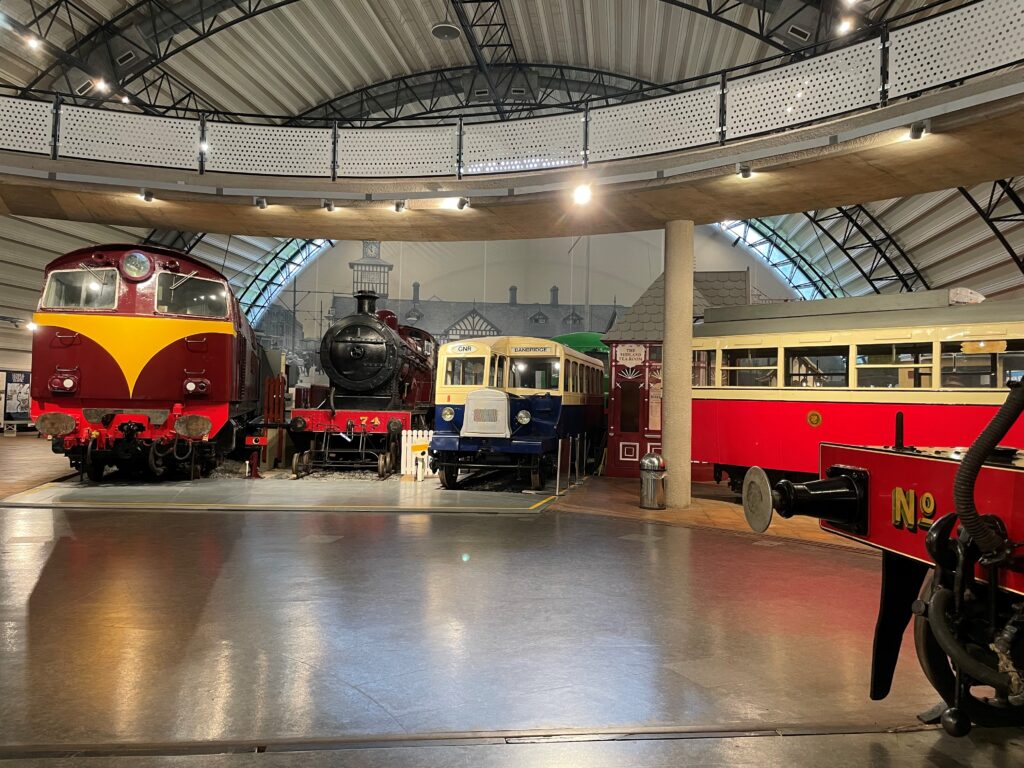
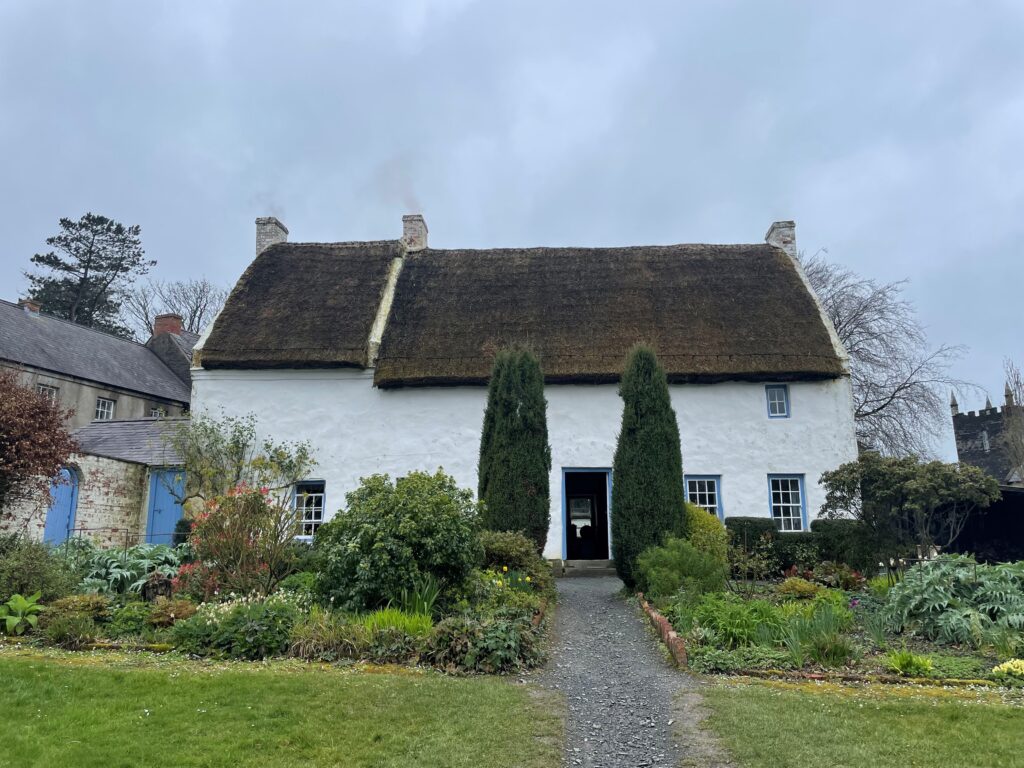
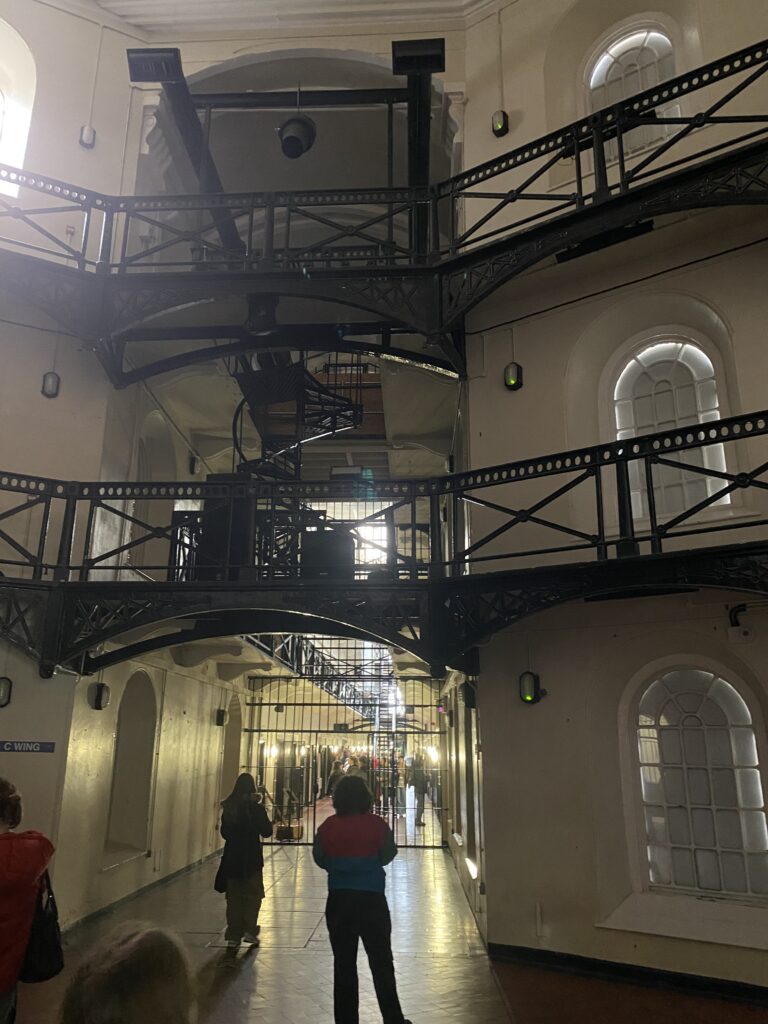
While the clear highlight of the programme was spending time with our lovely fellows, Chantal, Namrata, Nourah and Yohana, the ITP team also wanted to share our ‘best bits’ of the legacy week.
HMS Caroline
I was very pleasantly surprised by our visit to HMS Caroline, which is in the Titanic Quarter and very close to the Titanic Belfast experience. During a spell of nice weather, we walked along the river from Titanic Belfast to HMS Caroline. Along the way we encountered some stained-glass installations depicting famous scenes from the TV series Game of Thrones, which was filmed in Belfast.
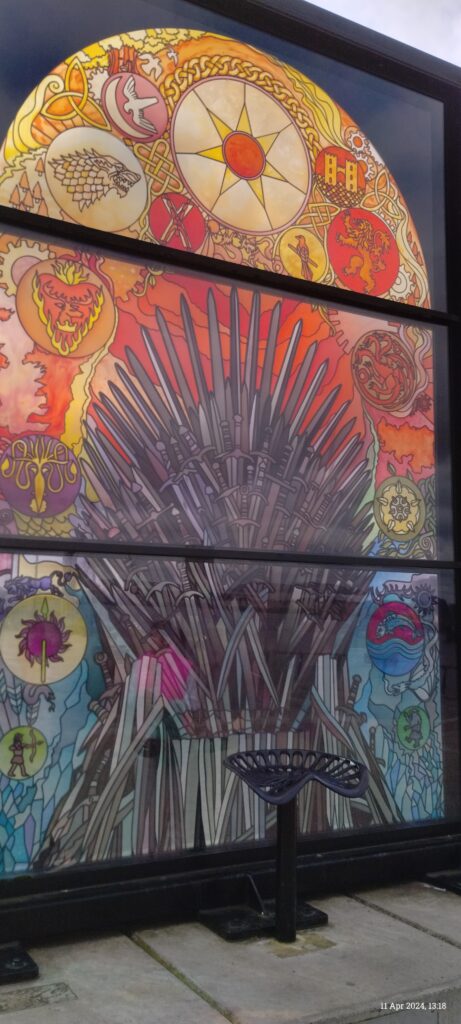
We arrived at HMS Caroline and walked up the gangway to board the ship. HMS Caroline is a decommissioned light armoured cruiser which was originally in operation during the First World War. She is the last surviving ship still afloat which took part in of the Battle of Jutland, the largest naval battle of the war.
The tour began with a short film, projected along one of the walls of the ship. It showed a cinematic retelling of the events during the Battle of Jutland, which gave us a sense of the sheer size of the battle and the numbers of men who sadly lost their lives. We then had a tour through the ship from top to bottom where we learnt about how men on the ship would have lived, the equipment they used and the different roles they had to perform. Rooms had been reconstructed to how they would have looked during the war, so you can see how the men would have slept, where they ate, what they ate, their uniforms and weapons, and more.
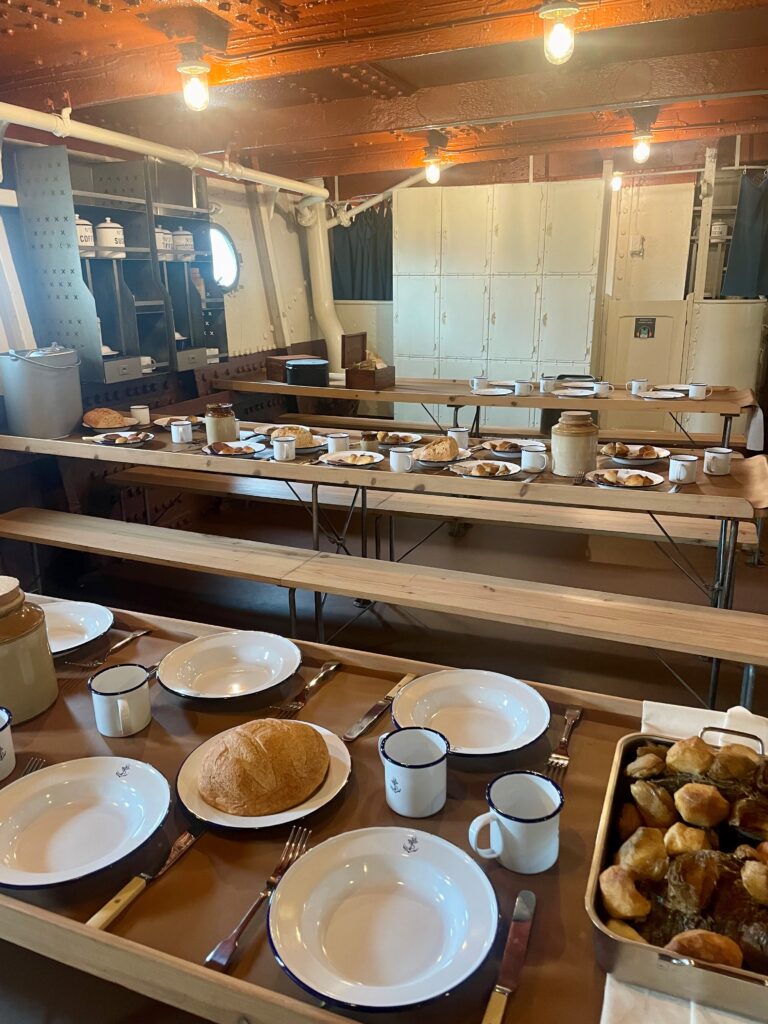
It was a fascinating visit and I feel like I learnt a lot. I would give a special mention to our tour guide, Ed, who really made the ship come to life and gave really interesting insight into what life would have been like for sailors in the Royal Navy at that time.
George Peckham, ITP Coordinator
Black cab murals and Peace Wall tour
On our first morning in Belfast we were picked up in a taxi and taken on a tour of the famous Belfast murals. The murals document some of the key events of the Troubles, a conflict that lasted 30 years, from the late 60s to the signing of the Belfast/ Good Friday Agreement in 1998.
The Troubles were a conflict over identity, where loyalist unionists, who were mostly Protestants, wanted Northern Ireland to remain part of the United Kingdom. Irish nationalists and republicans, who were mostly Catholics, wanted Northern Ireland to leave the United Kingdom and form a united Ireland.
Over the 30 years of conflict more than 3,500 people were killed, over half of which were civilians. Despite the ceasefire agreed at signing of the Belfast/ Good Friday Agreement in 1998, today Belfast is still a city divided, with Protestant and Catholic communities living separate from each other. These communities commemorate and convey moments from culture and history by painting murals at the end of their streets, reflecting key issues and events that are important to them, or reflect their views.
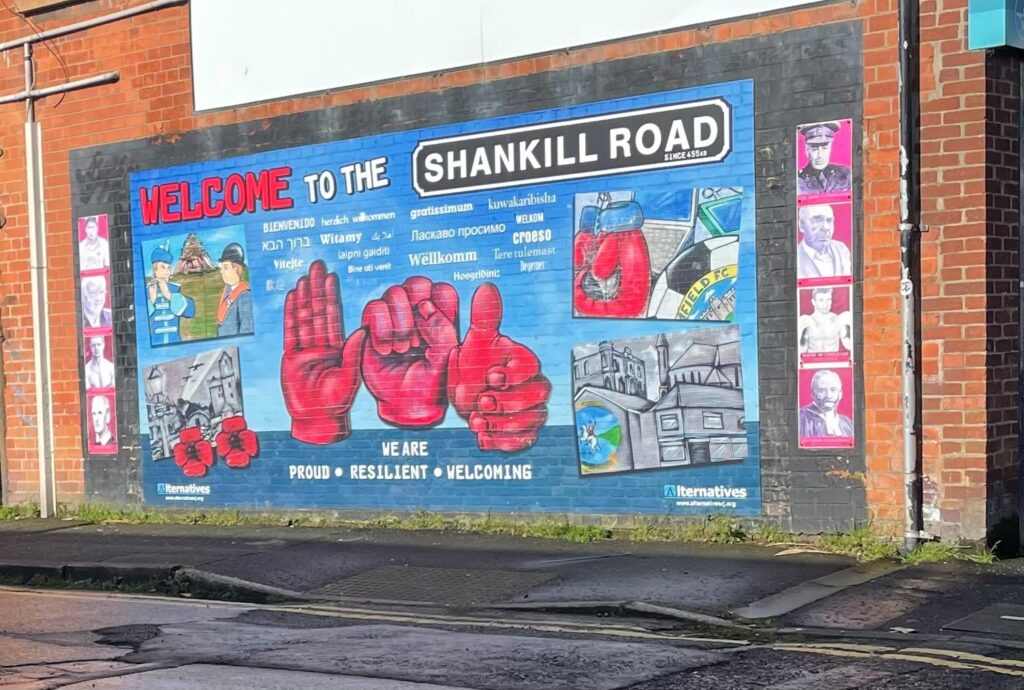
Our taxi driver took us into both the Protestant and Catholic communities, and we were able to see the lengths of colourful murals commemorating heroes who died in the conflict, such as Stevie ‘Topgun’ McKeag and Bobby Sands, respectively. During the Troubles most of the murals depicted images of violence, but as Belfast works toward building a peaceful city, today’s murals celebrate themes such as women’s rights and the American civil rights movement.
Halfway through the tour, as we crossed from the loyalist Protestant community and into the republican Catholic, we stopped along the Peace Wall, an 8-meter-high fortified wall built to keep the two communities apart. During the Troubles over half of all deaths occurred within 500 meters of the walls, which were only meant to be temporary structures, but remain standing to keep peace between the two communities.
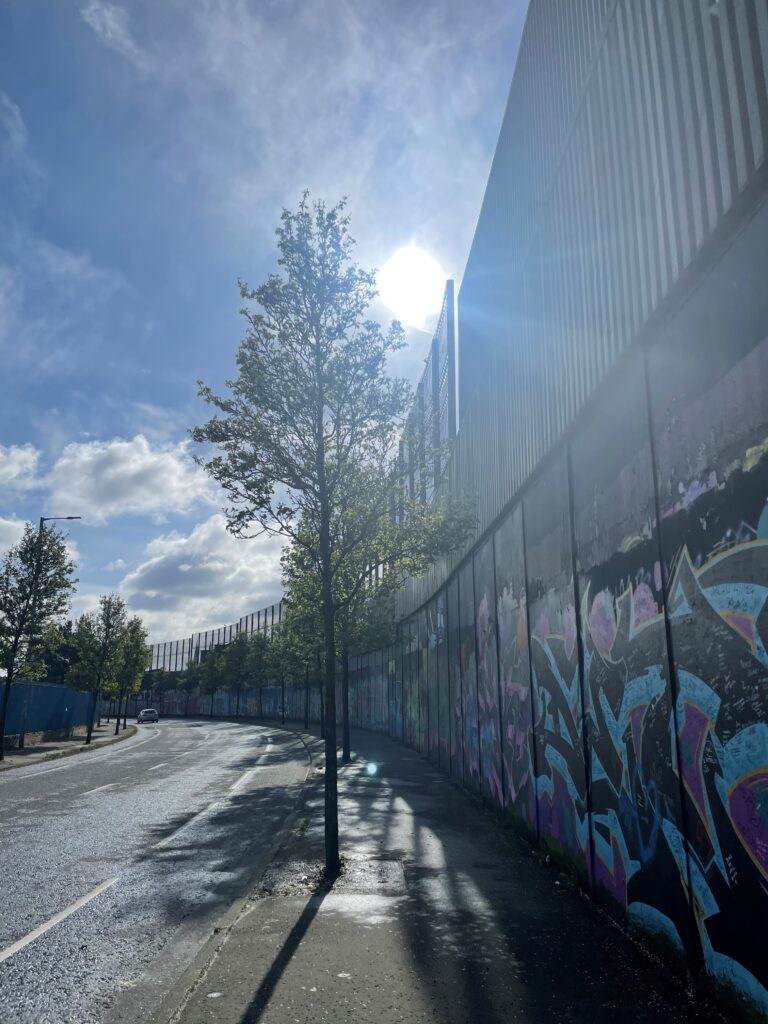
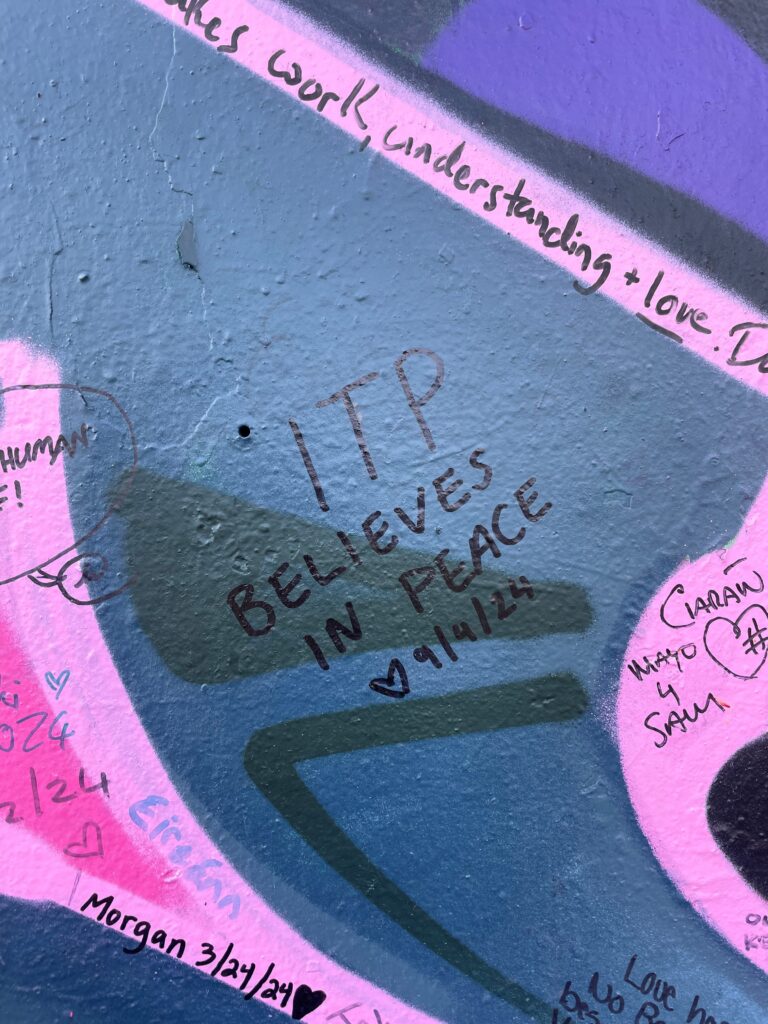
Today, street artists are commissioned to paint the walls, and visitors to Belfast leave messages of hope for a peaceful future in the city. Our driver gave us all pens to sign our names and take some time to read some of the heartfelt messages people have written. I made sure to leave a message on behalf of the ITP! Our taxi driver was brilliant, and his lived experience bought the whole tour to life.
Since returning home from our trip, the visit to the murals has stayed with me. I felt so moved seeing messages of hope, peace, and remembrance of a conflict that took so many innocent lives.
Amelia Kedge, ITP Assistant
Belfast Cathedral – Cathedral of St Anne’s
On our first full day in Belfast, we took time to visit and enjoy a tour of Belfast Cathedral, a place of Christian faith for the past 120 years. The cathedral is unusual as it serves two separate dioceses (Connor and Down and Dromore) so it has not one, but two, Bishop’s Seats.
Originally the site of a smaller church in Classical style, the project to build a cathedral started in 1895. Building began around the old church, which remained open as a place of worship, and went on for nearly 80 years. The cruciform church was a work in progress, with sections completed bit by bit – the final piece, the iconic stainless-steel Spire of Hope, being lowered into place in 2007.
What struck me was how many of the Cathedral’s decorative elements were a celebration of women artists. Artists responsible for these decorative elements include sculptor Rosamond Praeger; mosaicists Gertrude and Margaret Martin and needleworkers Wilma Kirkpatrick and Helen O’Hare.
From Belfast Cathedral’s website celebrating International Women’s Day:-
Sophia Rosamund Praeger
‘Rosamund Praeger was an Irish writer, poet, artist and sculptor and was born in Holywood, County Down in 1867. Praeger studied at the School of Art in Belfast and Slade School in London alongside studying art in Paris before returning to her home in Holywood and opening her own studio.
In Belfast Cathedral, the only work Rosamund signed was the plaque situated above Sir Edward Carson’s tomb, made in 1938, the reason is unknown as Praeger was a successful artist and was known for her bronze and stone sculptural works. Praeger’s works can be found throughout Belfast, in the Ulster Museum and the Ulster Folk Museum, as well as in Holywood and the National Gallery of Ireland.
Some of the most interesting points in the Cathedral include Praeger’s Rederos, “As the Shadow of a Great Rock”, found in the Ambulatory, and the delicate cherub sculptures found in the Baptistry’.
Gertrude and Margaret Martin
‘Belfast artists Gertrude and Margaret Martin created the St Patrick mosaic in the House of Commons and the mosaics in the Lady Chapel of Westminster Cathedral, London. Historically, female artists have been overlooked and underrepresented, this is seen greatly by the limited information available regarding the Martin sisters, whose detailed and beautiful works in Belfast Cathedral took over 7 years to complete.
The Martin sisters completed numerous mosaics in the Cathedral which are situated in the tympanum above the West Doors, smaller installations above the North and South doors as well as the mosaics created for the Chapel of the Holy Spirit.
One of the most popular mosaics created is featured on the dome of the Baptistry. This mosaic is made of over 150,000 pieces and was the first to be completed in 1928. It depicts the Creation of the world, with the four elements represented, earth, air, fire and water. God’s hand can be seen reaching down from a golden sunburst’.
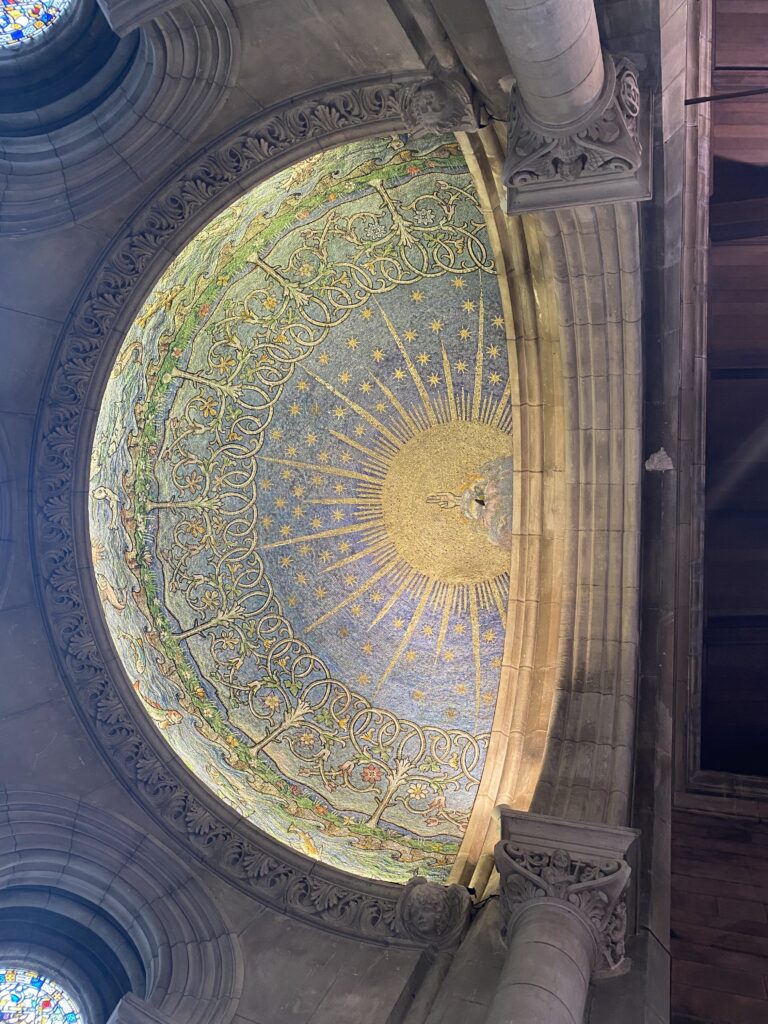
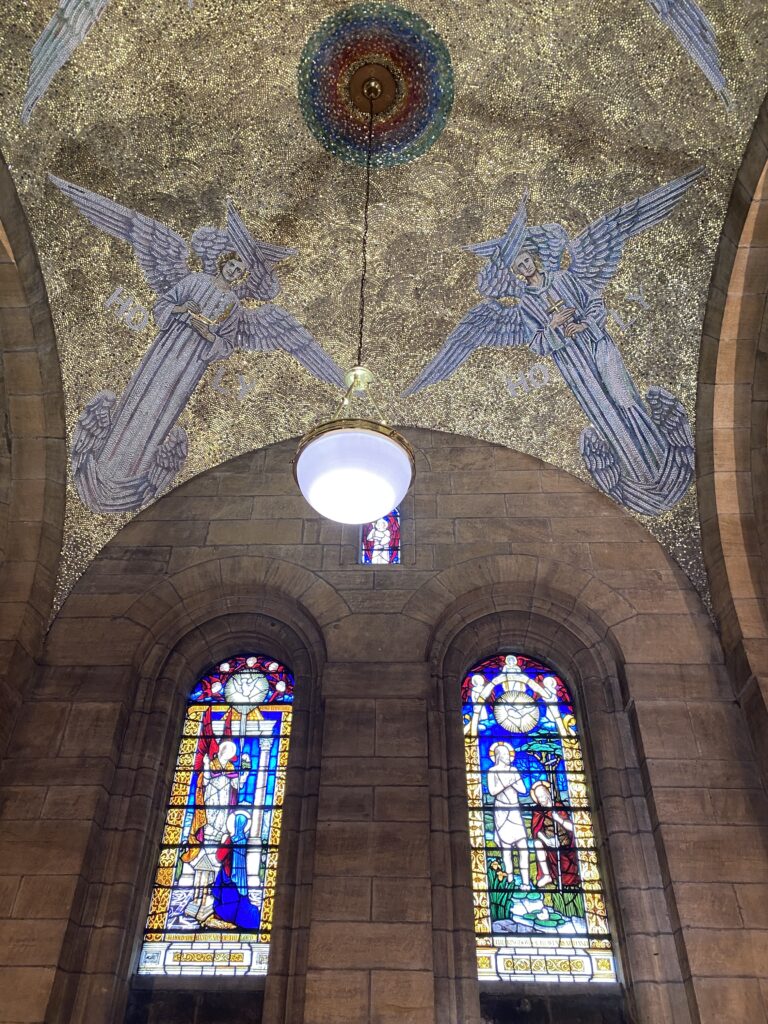
Wilma Kirkpatrick and Helen O’Hare
The Titanic Pall, a memorial to those who died when the historic ship hit an iceberg in April 1912, was created by Helen O’Hare and Wilma Kirkpatrick, textile artists at the University of Ulster.
‘The more than 1,500 lives lost in the sinking of the Titanic are commemorated in a beautiful hand-crafted funeral pall. The pall, made of 100 per cent Merino felt, backed with Irish linen and dyed an indigo blue, evoke the midnight sea in which the Titanic finally came to rest. A large central cross is fashioned from lots of tiny crosses and hundreds more of these crosses, in different sizes and shapes, each individually stitched in silk, rayon, metallic and cotton threads, fall away towards the velvet rimmed edges of the pall, symbolic of lost lives sinking into the dark ocean’.
The decorations created by these amazing women were, for me, the highlights of the Cathedral tour and our guide took time to focus on these stunning pieces of artwork and the women behind them.
Claire Messenger, ITP Manager
